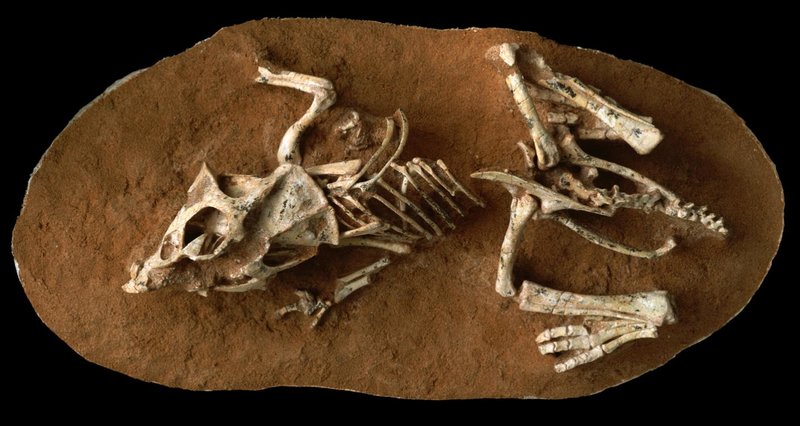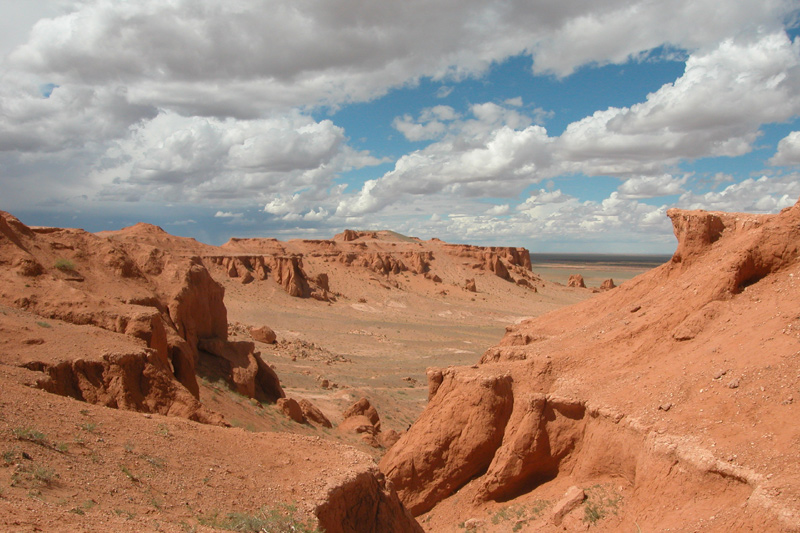Gary sent this link to his web site – at www.godkingscenario.com/blog/dinosaurs-mongolia-rapidly-buried-extraterr… … which refers to an article I looked at but did not report, on the presence of dinosaurs in the shifting sands of what was in the Cretaceous era, supposedly an earlier version of the Gobi desert. This basically ignores the fact that Mongolia at that time may have been situated somewhat south of where it is now. The UK was certainly in a more sub tropical position – so why is it assumed Mongolia was close to where it is now. Of course, if we are dealing with changes in the earth's geoid as a result of changes at the axis of rotation Mongolia could well have been located where the desert zone is currently situated – as the position would rely on establishing, first, where the equator ran across the globe at that time. Even if that was so we still need to accommodate the criticism of the idea as expressed by Gary in his continuing rummage around in sedimentary sand formations. It seems the real story is that sand preserved the fossils of animals in exactly the position in which they were buried – with most of the bones intact. This includes hatchlings – and dinosaur nests – which is pretty conclusive evidence of sudden and rapid burial. The big question here of course is where did all that sand come from? See image below of two hatchlings …
 … but also the preserved remains of a Velociraptor captured in combat with a Protocerotops. That just has got to be a sudden inundation by sand. The mainstream theory seems to revolve about the unexciting idea of burial by sand dune – which are thought to move. This occurs too slowly in order to capture dinosaurs frozen in time and Gary quite rightly regards it as unlikely. Something extraordinary seems to have happened and Gary has an extraordinary theory. This is that the sand was extraterrestrial in origin and literally fell out of the sky – in a big dump that completely buried all the animals as it fell through the atmosphere. Another theory that has been proposed is that the sand (silica) erupted from the bowels of the earth. Two extreme theories – but balancing each other out. An actual sand storm as they occur in the modern day are inadequate to do the dastardly deed and one wonders if the wind and force of the sand storm was that much more fierce – as in a passing cosmic body whipping up rotational change and creating wind speeds of great magnitude. Gary also provides some links to mainstream thinking on the subject, kicking of with the Wiki – go to https://en.wikipedia.org/wiki/Cretaceous_Mongolia … and http://mygeologypage.ucdavis.edu/cowen//HistoryofLife/ukhaatolgod.html …
… but also the preserved remains of a Velociraptor captured in combat with a Protocerotops. That just has got to be a sudden inundation by sand. The mainstream theory seems to revolve about the unexciting idea of burial by sand dune – which are thought to move. This occurs too slowly in order to capture dinosaurs frozen in time and Gary quite rightly regards it as unlikely. Something extraordinary seems to have happened and Gary has an extraordinary theory. This is that the sand was extraterrestrial in origin and literally fell out of the sky – in a big dump that completely buried all the animals as it fell through the atmosphere. Another theory that has been proposed is that the sand (silica) erupted from the bowels of the earth. Two extreme theories – but balancing each other out. An actual sand storm as they occur in the modern day are inadequate to do the dastardly deed and one wonders if the wind and force of the sand storm was that much more fierce – as in a passing cosmic body whipping up rotational change and creating wind speeds of great magnitude. Gary also provides some links to mainstream thinking on the subject, kicking of with the Wiki – go to https://en.wikipedia.org/wiki/Cretaceous_Mongolia … and http://mygeologypage.ucdavis.edu/cowen//HistoryofLife/ukhaatolgod.html …
 .. image of a view of the sand cliffs of the Gobi desert. David Loope of the University of Nebraska has recently proposed that sloping sand dunes can be disturbed by heavy rainfall. Unable to sink into the sand the water saturates the surface of fossil sand dunes which make them unstable – and liable to landslip. If fossilised dunes slip in relation to the rocks how could it be determined by modern research? Large dunes, in this way, may have been subject to slippage (especially on slopes). These, in turn, may have been rapid events, leaving some of the animals unable to escape. Gary thinks it is impossible for so much sand to be unstable – and would require an extraordinary amount of rain. See what you think?
.. image of a view of the sand cliffs of the Gobi desert. David Loope of the University of Nebraska has recently proposed that sloping sand dunes can be disturbed by heavy rainfall. Unable to sink into the sand the water saturates the surface of fossil sand dunes which make them unstable – and liable to landslip. If fossilised dunes slip in relation to the rocks how could it be determined by modern research? Large dunes, in this way, may have been subject to slippage (especially on slopes). These, in turn, may have been rapid events, leaving some of the animals unable to escape. Gary thinks it is impossible for so much sand to be unstable – and would require an extraordinary amount of rain. See what you think?
